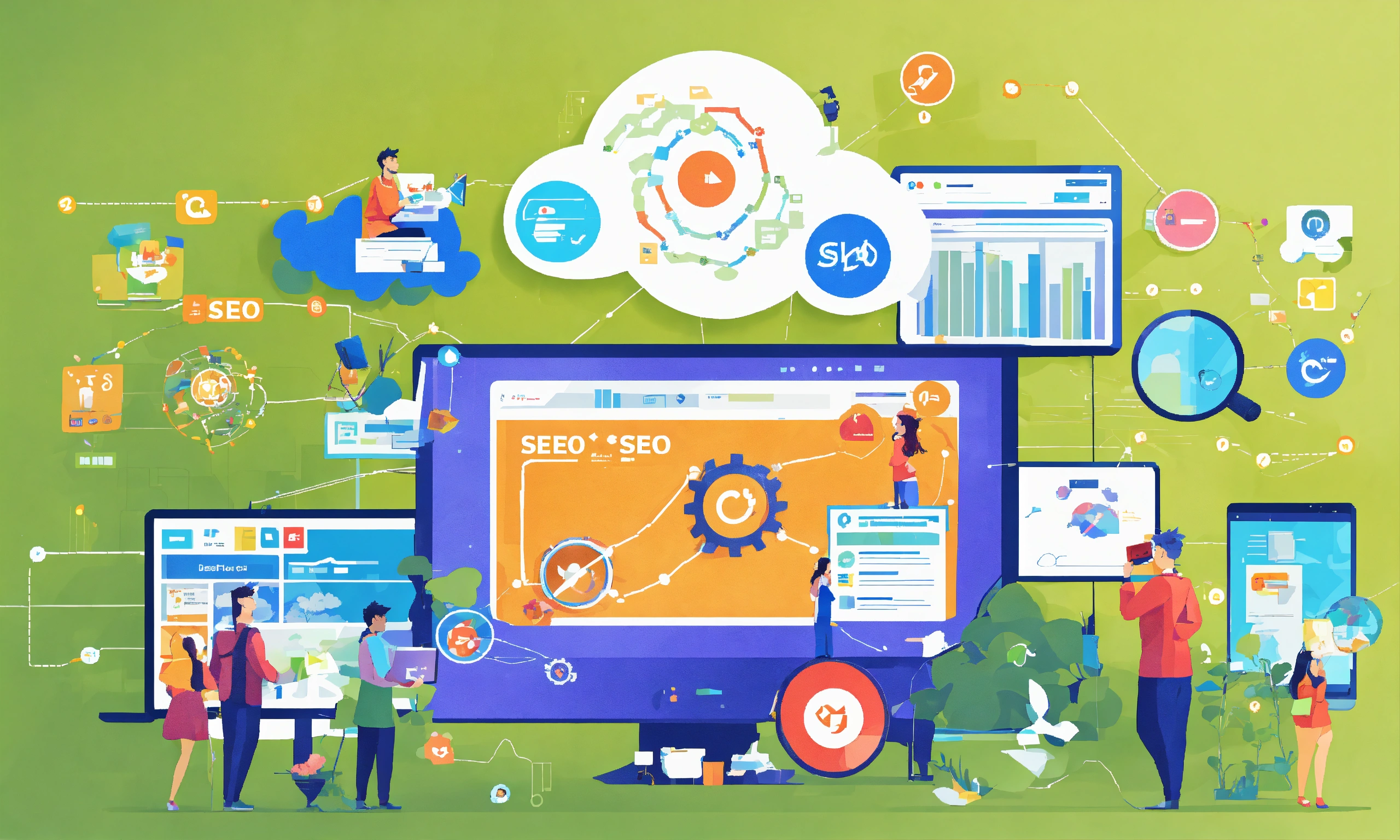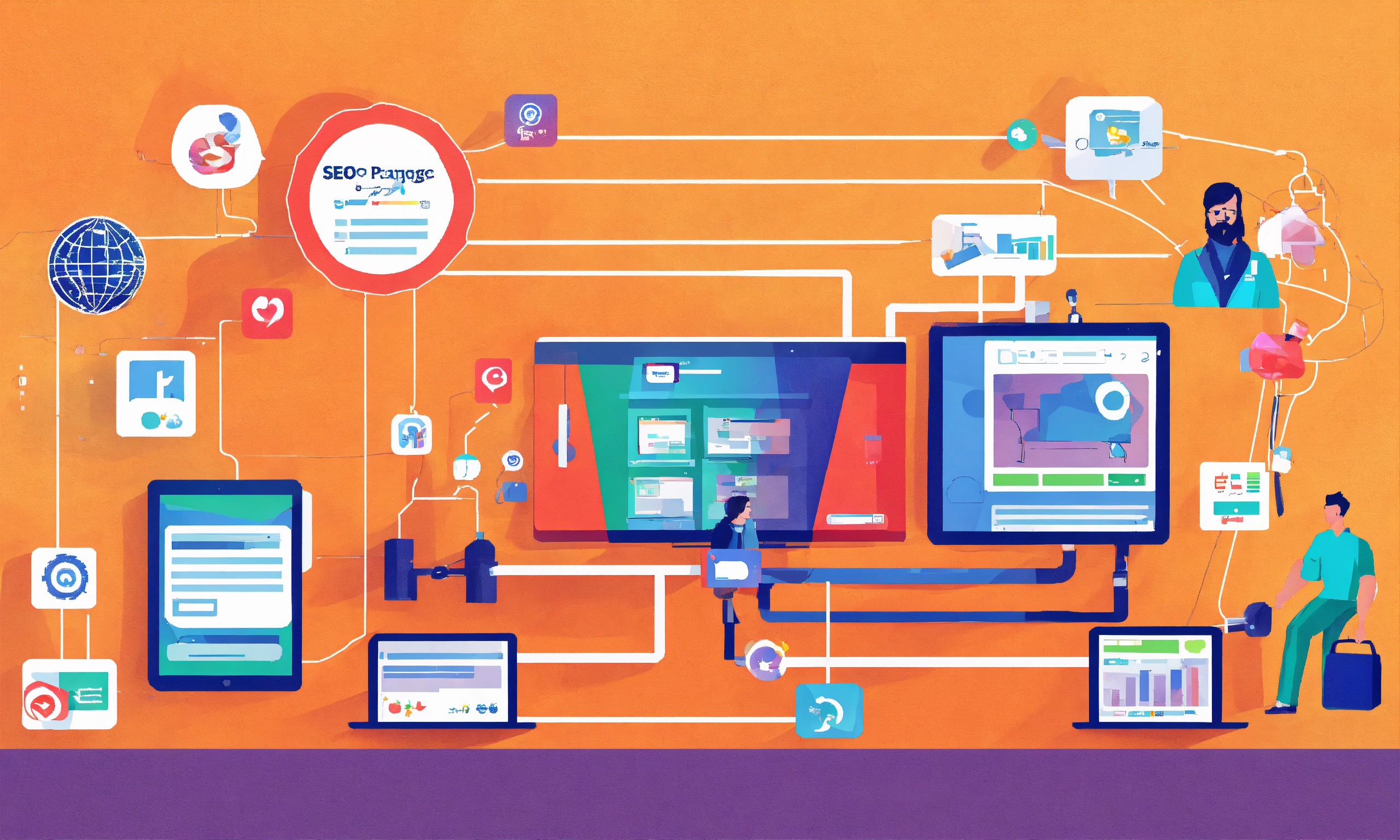In today’s competitive business landscape, companies rely on technology to streamline operations, enhance customer relationships, and optimize resource management. Two of the most essential software solutions in this domain are Customer Relationship Management (CRM) systems and Enterprise Resource Planning (ERP) systems. While both serve distinct purposes, they complement each other in driving business efficiency. This article explores the differences, benefits, and integration strategies of CRM and ERP systems.
What is CRM?
Definition and Purpose
A Customer Relationship Management (CRM) system is designed to help businesses manage interactions with customers, automate marketing and sales processes, and enhance customer service. CRM software consolidates customer data, providing businesses with a centralized database to analyze and improve client relationships.
Key Features of CRM
- Lead and Contact Management – Organizes customer data and tracks interactions.
- Sales Automation – Automates sales processes, from lead nurturing to conversion.
- Marketing Automation – Helps businesses run email campaigns, track engagement, and segment customers.
- Customer Support & Service – Enhances customer support through ticketing systems and chatbots.
- Analytics and Reporting – Provides insights into customer behavior and sales performance.
Benefits of CRM
- Improved customer satisfaction
- Increased sales and revenue
- Enhanced collaboration across sales and marketing teams
- Data-driven decision-making
What is ERP?
Definition and Purpose
Enterprise Resource Planning (ERP) systems integrate core business processes, such as finance, supply chain management, human resources, and manufacturing, into a unified system. The primary goal of ERP is to enhance operational efficiency by centralizing data and automating workflows.
Key Features of ERP
- Financial Management – Tracks expenses, budgets, and financial transactions.
- Supply Chain Management – Streamlines procurement, inventory control, and logistics.
- Human Resource Management (HRM) – Manages payroll, employee records, and recruitment.
- Manufacturing and Production Planning – Optimizes production schedules and resource allocation.
- Business Intelligence and Reporting – Provides real-time insights into operational performance.
Benefits of ERP
- Increased efficiency and productivity
- Cost reduction through automation
- Real-time data access and reporting
- Better compliance and risk management
CRM vs. ERP: Key Differences
1. Focus and Functionality
- CRM focuses on managing customer relationships, sales, and marketing efforts.
- ERP focuses on internal business processes, including finance, supply chain, and operations.
2. User Base
- CRM is mainly used by sales, marketing, and customer service teams.
- ERP is used across multiple departments, including finance, HR, and supply chain management.
3. Data Management
- CRM organizes customer-related data for personalized marketing and sales efforts.
- ERP consolidates enterprise-wide data for better decision-making.
4. ROI and Business Impact
- CRM increases revenue by improving customer retention and sales conversion.
- ERP reduces operational costs by optimizing resource allocation.
The Importance of Integrating CRM and ERP
While CRM and ERP systems have different purposes, integrating them can lead to significant business advantages. A well-integrated CRM-ERP system enables seamless data flow between sales and operations, improving decision-making and efficiency.
Benefits of CRM-ERP Integration
- Enhanced Customer Experience – Sales and customer service teams have access to real-time inventory and order status.
- Improved Forecasting – Combines customer demand data with supply chain insights.
- Increased Efficiency – Reduces manual data entry and eliminates duplication.
- Better Financial Visibility – Links sales transactions with financial reporting.
Choosing the Right CRM and ERP Solution
Factors to Consider
- Business Size and Industry – Different solutions cater to various industries and company sizes.
- Customization and Scalability – The software should adapt to your company’s growth.
- Integration Capabilities – Ensure seamless connectivity between CRM and ERP.
- Cloud vs. On-Premise Deployment – Consider security, cost, and accessibility.
Popular CRM and ERP Software
- CRM Software: Salesforce, HubSpot, Microsoft Dynamics 365
- ERP Software: SAP ERP, Oracle ERP, NetSuite ERP
Conclusion
Both CRM and ERP systems play crucial roles in modern business operations. While CRM enhances customer relationships and sales, ERP streamlines internal business processes. Companies looking to maximize efficiency and profitability should consider integrating CRM and ERP solutions. By choosing the right software and ensuring proper implementation, businesses can achieve long-term success in a highly competitive market.

